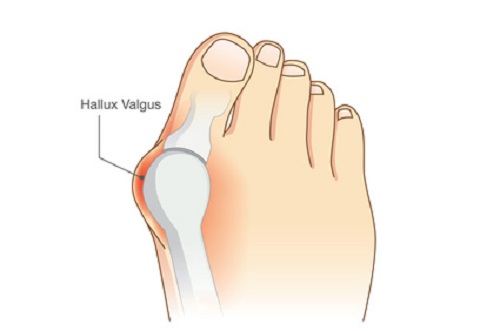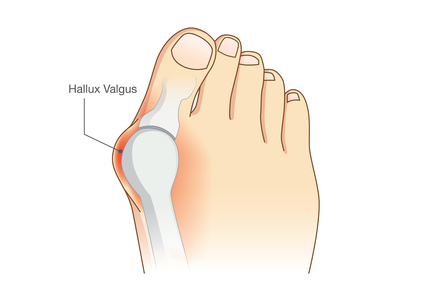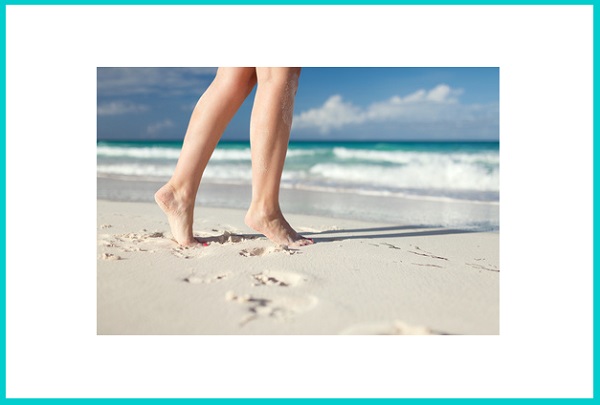Do young people get Bunions?
When you think of bunions, you probably think of them as a problem that only the elderly deal with, as alluded to in so many TV shows, cartoons, and movies you might have seen growing up. The truth is anybody can develop bunions, including children under 10 years of age; it’s just more common for the elderly. For those of you who aren’t quite up to speed on the subject of bunions, let’s take a deeper look at what a bunion is, how to prevent it, and how to treat it once you have one.
What is a Bunion?
The word “bunion”, refers to an enlargement of the joint near the base of the big toe. It usually means there’s an actual misalignment of the big toe itself, and this misalignment often causes the big toe to point outward. In addition to pointing outward, a big toe with a bunion will generally rotate towards the smaller toes. The worst part about a bunion is that it will not stay the same forever once you have one. Once you have a developed a bunion, if you don’t take the proper steps to treat it, it will continue to grow in size until you are unable to walk on the affected toe. In later stages of bunion development, arthritis can develop causing the pain to become unbearable in the toe, as it will be felt deep within the joint.
Is there only one type of Bunion?
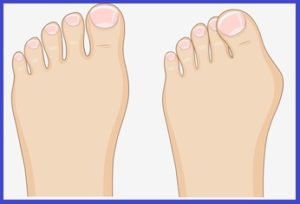
There is also another, less common type of bunion known as a bunionette. It may also be referred to as a Tailor’s Bunion. This is a bunion that develops on the joint at the base of the pinky toe. Although these types of bunions are typically smaller, they can grow to be just as painful as a normal bunion.
What Causes a Bunion?
While you might assume that a bunion is caused by improperly fitting shoes or poor weight distribution when walking, the most common causes of bunions are assumed to be genetic. Especially in younger people, genetic factors leading to abnormal biomechanics which in turn lead to muscle and joint imbalances are the main causes of bunions.
Improperly fitting shoes are unlikely to cause a bunion, but they can make it much more painful to walk if you have one. Other potential causes of bunion include neuromuscular disorders like polio, Charcot-Marie-tooth syndrome, and other disorders like long limb discrepancies where one leg is actually longer than the other and thus causes the longer limb to develop a bunion.
Who is most likely to develop a Bunion?
Women are actually the most common victims of bunions. Men do get them but the symptoms of bunions occur nearly ten times as frequently in women as they do in males. Tight-fitting shoes and narrow-toed shoes, as well as high heel shoes, have all been known to increase incidences of bunions in women. Wearing footwear that is too tight for your feet is most definitely something that impacts the formation of bunions in women and it also increases the pain of swelling. People who wear shoes that are closed are also in very high risk of developing bunions. For people who don’t wear shoes that are closed, the risk of development of bunions is relatively low. Other risk factors that could lead to the development of bunions at birth include;
- Abnormal formation of the bones at birth
- Arthritic diseases like rheumatoid arthritis
- Repetitive stress injuries to the foot.
How to Treat a Bunion?
As terrible as bunions maybe once they reach the late stages, there is treatment available.
Get Shoe Smart: One of the nonsurgical treatments available for the removal of bunions is to wear shoes that are wider and looser than regular shoes. If they have a supportive sole it can often time offset the symptoms of a bunion, due to their ability to relieve pressure on the sides of the feet. If the skin blisters or breaks to form a wou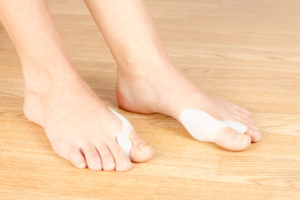 nd, you will need to take extra healing measures.
nd, you will need to take extra healing measures.
Paddings and Protection: For some people this is enough
Splints and Wedges: There are quite a few products around. Do they help? Or a waste of money? In some cases, it helps, and in many, it doesn’t. It is up to you.
Get foot balanced: Foot biomechanics (rolling in, rolling out, reduced heel contact, increased toe joint pressures) may be helped with innersoles in your shoes.
Medicines: Medicines that are designed for anti-inflammatory properties can help treat bunions – please seek professional advice
Surgical: If you have completely tried everything and can’t put up with the pain anymore a surgical opinion can be pursued. There are a few different methods. Please try the non-surgical treatments first.
In Conclusion
Bunions are a terrible condition that mostly affects the elderly but can affect young people too. They are usually caused by genetic defects in a person’s DNA but they can also be caused by tight-fitting footwear in women. In order to best treat a bunion, a person s should wear the proper fitting footwear, and reduce any friction and consider foot biomechanics to the affected area until the bunion settles down. Will they disappear? With good treatment, they may reduce in size and severity. Good luck.

